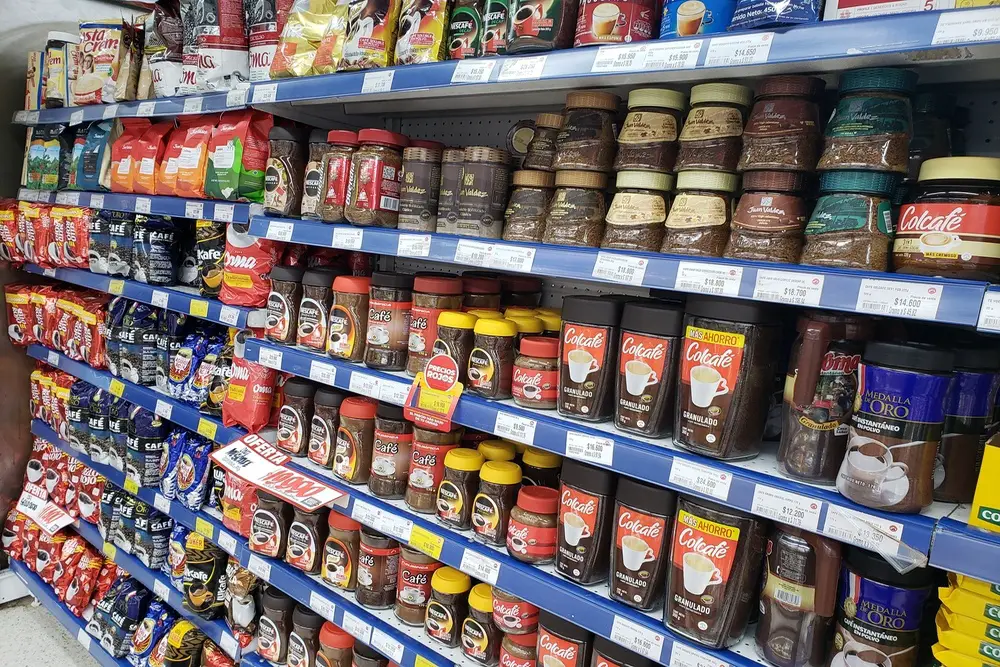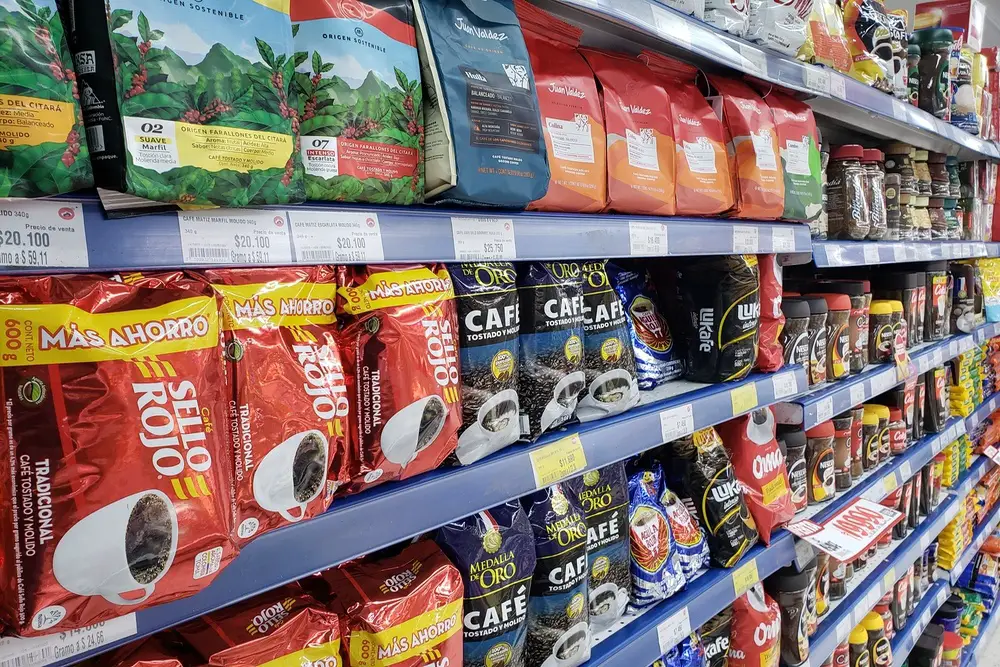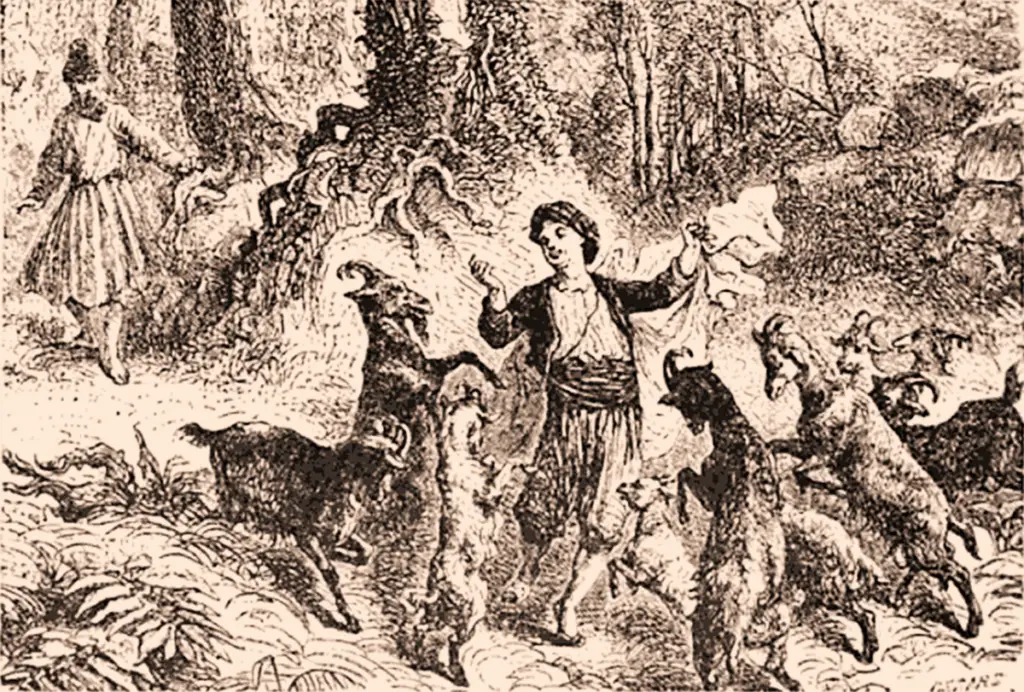The National Federation of Coffee Producers of Colombia (FNC) defines “pasillas” as coffee beans with defects.
Because of these characteristics, the Pasilla coffee is not exported from Colombia and is intended for domestic consumption only. This is due to the low culture of coffee consumption in the country, which contrasts with the excellent quality of production.
Table of Contents
Handling Pasillas
It is necessary to treat the pasillas properly to maximize their commercial value.
Pasillas can be treated in two ways:
- Gathering and Drying: This process is easier and cheaper to do on the coffee farm because the coffee from the main process takes precedence.
- Carrying out an additional treatment process for the coffee cherries: this process allows the recovery of a small part of the coffee, the so-called segundas or consumption coffee, which should not be mixed with the dried parchment coffee.
Classification of “Pasilla” coffee
Pasillas are the beans that are removed at the various stages of coffee processing due to their physical differences from the best quality coffee and are classified as follows:
- Floating coffee fruits (Granos vanos, flotes or balseos).
- Unpulsed fruit (guavas)
- Washed cherries (they go through the selection process until they reach the fermentation tank or washing machine).
The technology to be used is generally selected considering the volume to be processed, as follows:
- For large productions (over 10,000 kg of cherry coffee per day), the siphon tank is used.
- For medium and large productions (between 5,000 and 10,000 kg of cherry coffee per day), the hydraulic hopper and screw separator (SHTTS) is used.
- For small productions (less than 500 kg per day) water tanks are used.
The FNC program for the purchase and export of coffee beans
The FNC assumes that there is value in this mass of coffee and with it the opportunity to achieve a better income. This also results in a product that could be much more valuable to growers and can supplement the income of coffee growing families.
In this way, the FNC has chosen to buy the pasillas through the coffee growers’ cooperatives, paying based on the price published daily by the association. The FNC accepts the beans in clean packaging and under the same health conditions that apply to dry parchment coffee.
This program does not replace the traditional marketing of coffee, nor does it mean that coffee farmers reduce the quality of their production, since their main income depends on parchment coffee and its quality.
How does the Pasilla purchase work?
Example:
A sample of 250 grams of an arroba pasilla (12.5 kilograms) is threshed. It is then passed through the sieve. Assume the following data:
Weight of residue in the net: 190 grams.
Then divide by 2.5 (for the 250 g of sample): 190/2.5= 76.
This gives a result of: 76.
This score is multiplied by the value of the previously established point (i.e. the value published daily by the association). In this case, it is 850 Colombian pesos, which is the published value for June 30th.
The value paid to the farmer would then be: 76 (points) x $850 (price per point) = $64,600 per arroba.
Dividing this value by 12.5 (the number of kilograms of arroba) gives the price per kilogram of pasilla :
$64,600/12.5= $5,168 pesos per kilogram.
This is how we can calculate the price per load of Pasilla of 125 kilograms:
$3,648 x 125 = $646,000 pesos per load.
What happened to Pasillas before the FNC program started?
Before the program of buying in the cooperatives, they were sold to private producers who integrated them into the batches of quality coffee. The export of Pasilla coffee has meant that coffee farmers are awarded 100 percent of the value of Pasilla coffee, rather than just 5 percent, giving more meaning to the decision to export Pasilla coffee.
Coffee consumption in Colombia
Consumption in Colombia is estimated at more than 82,000 tons per year, but more than 62% of this amount, ie 6 cups out of 10, is prepared with beans from abroad.
Coffee consumption in the country is divided into three main categories:
- Colombian export coffee
- Pasilla coffee
- Imported Pasilla coffee
In addition, Colombians do not recognize which coffee is their own when they buy it. This is also reinforced by the dynamism of the federation, which ensured that Pasilla coffee was not exported but sold to the national industry and was also subsidized. This was something that was practiced for many years and accustomed consumers to this type of coffee.
Colombia as a coffee importer
The main importers of coffee to Colombia include Colcafé, Nescafé /Nestlé and Lucafé, among others. A significant proportion of imported coffee is freeze-dried (soluble), also by the National Federation of Coffee Growers themselves.
The import of coffee to Colombia is related to the economic capacity of local consumers. In other words, quality coffee can be expensive for the majority of consumers in the country, so a lower quality coffee is imported that can fit the pockets of all Colombians.
If we in Colombia were willing to pay the prices that consumers in the US, Germany or Japan pay for a pound of Colombian coffee, there would be no need to import foreign coffee.
While a pound of low-grade coffee can be had for 8,000 to 10,000 Colombian pesos (US$2-3), branded Colombian coffee can be worth anywhere from 30,000 to 40,000 pesos (US$8).
Colombia produces about 14 million 60 kg bags per year. Of these, 13 million (93%) bags are destined for export, according to the Coffee Producers Association.
According to the organization, the local demand is 1.8 million bags and to meet that demand, the country imports about 800,000 bags of low-grade coffee (or pasilla) from Ecuador and Peru for domestic consumption. In the meantime, up to 900,000 bags can also be imported from Brazil.
Why is Colombia a producer and not a consumer?
In the first decades of the 20th century, Colombia became the second largest coffee exporter in the world after Brazil, a position it held until 2011 when it was overtaken by Vietnam.
Today, according to the International Coffee Organization, Colombia ranks between third and fourth.
According to historians, coffee is responsible for the industrialization of the country; it was the gateway to world capitalism, a way of stability for a poor and violent country.
Meanwhile, the Coffee Farmers’ Association, already one of the country’s most powerful institutions, sold the world the idea that Colombia was a coffee-growing country.
The renowned New York agency DDB created the character of Juan Valdez, a farmer who produces the best coffee. This led to consumers in Colombia and the rest of the world considering Colombian coffee to be the best in the world.
But Colombia’s relationship with coffee is not the same as France’s relationship with wine, for example. In Colombia, it was industry first and then culture, unlike in Europe. Colombian growers have not tasted and consumed the coffee they produce.
Inferior coffee was marketed in Colombia, which was the leftovers or surplus of the exported commodity, processed by the local roasters with a high roast to hide the inferior taste. This is how millions of Colombians learned to prefer strong, highly roasted coffee at an affordable price.
Conclusion
The national market is still dominated by low-quality coffee, but at the same time it is possible to drink some of the best coffees in the world in Colombia thanks to the arrival of large international franchises or local companies dedicated to improving the culture of consumption in the country make an effort.
Explore the interesting world of Pasilla coffee in Colombia and understand its special qualities and role in the local coffee scene. Although Pasilla coffee isn’t usually sent abroad because of some imperfections, it adds a unique touch to Colombia’s coffee culture. If you want to discover various aspects of Colombia, think about a luxury travel experience in Colombia. Luxury trips with a top-notch travel service in Colombia offer a special chance for a personalized adventure through the charming coffee regions.




